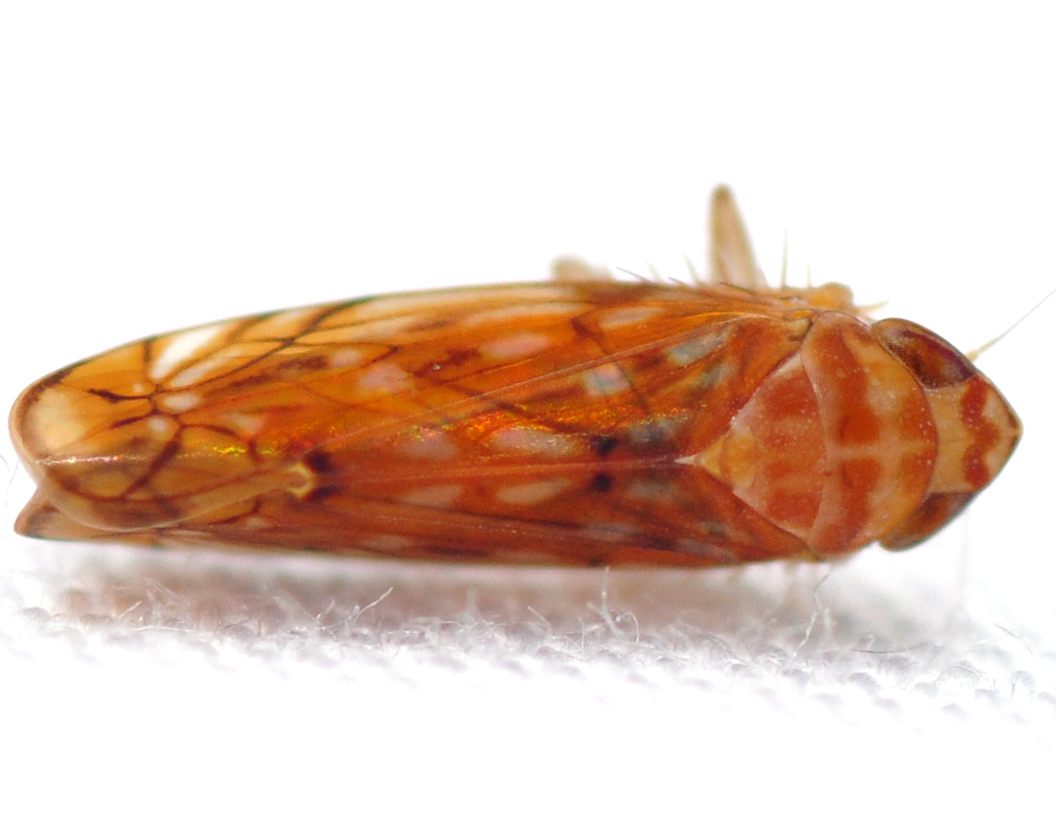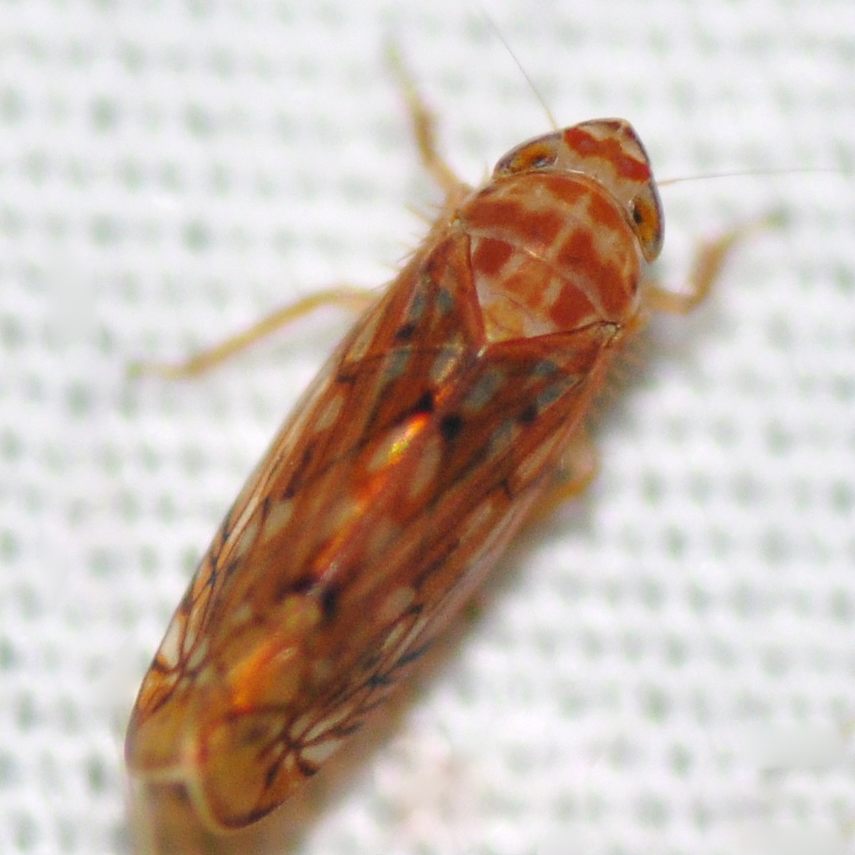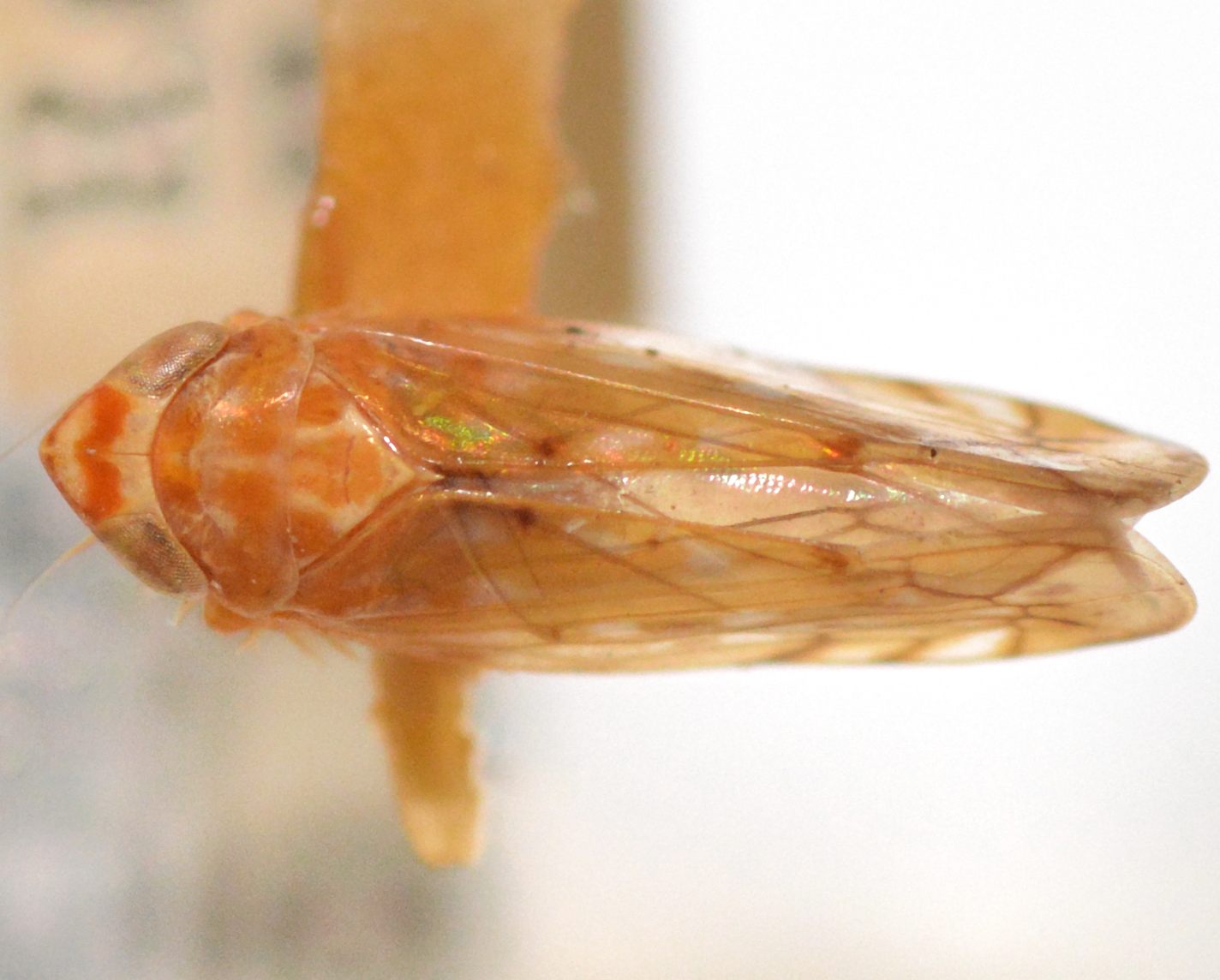Species Photo Gallery for Scaphoideus ochraceus No Common Name 23 |
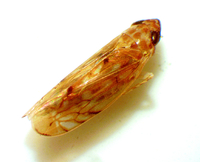 | Photo by: Ken Kneidel
Yancey Co.
Comment: 6.6 mm female came to UV light at night, forested area |  | Photo by: Ken Kneidel
Yancey Co.
Comment: 6.6 mm female came to UV light at night, forested area |
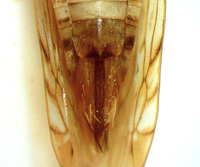 | Photo by: Ken Kneidel
Yancey Co.
Comment: 6.6 mm female came to UV light at night, forested area | 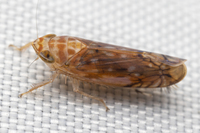 | Photo by: Solomon Hendrix
Wake Co.
Comment: attracted to UV light |
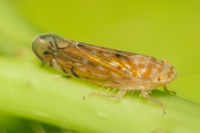 | Photo by: Scott Bolick
Montgomery Co.
Comment: | 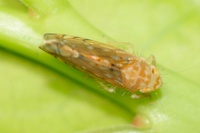 | Photo by: Scott Bolick
Montgomery Co.
Comment: |
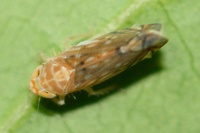 | Photo by: Scott Bolick
Montgomery Co.
Comment: | 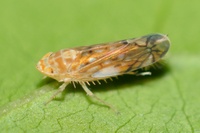 | Photo by: Scott Bolick
Montgomery Co.
Comment: |
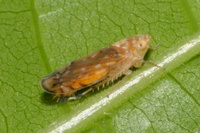 | Photo by: Scott Bolick
Montgomery Co.
Comment: |  | Photo by: Scott Bolick
Montgomery Co.
Comment: |
 | Photo by: Erich Hofmann
Craven Co.
Comment: https://www.inaturalist.org/observations/52611884 - unid_leafhopper |  | Photo by: Erich Hofmann
Craven Co.
Comment: https://www.inaturalist.org/observations/52611884 - unid_leafhopper |
 | Photo by: Jim Petranka
Madison Co.
Comment: | 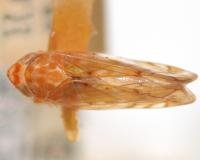 | Photo by: Kyle Kittelberger
Out Of State Co.
Comment: NCSU specimen; female |
 | Photo by: Kyle Kittelberger
Out Of State Co.
Comment: NCSU specimen; female | 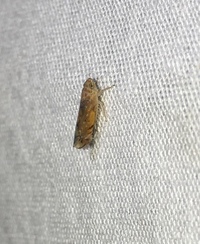 | Photo by: Randy L Emmitt
Orange Co.
Comment: tiny little leafhopper, hard to get good photos when so small. |
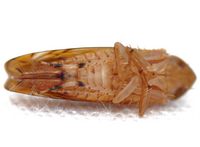 | Photo by: Kyle Kittelberger, Brian Bockhahn
Rockingham Co.
Comment: grassy area near mixed hardwood forest and a pond; note female pregenital sternite here |  | Photo by: Paul Scharf
Warren Co.
Comment: Attracted to UV Light |
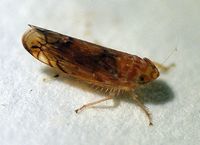 | Photo by: Paul Scharf
Warren Co.
Comment: Attracted to UV Light | 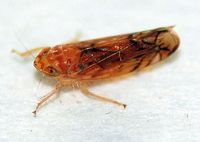 | Photo by: Paul Scharf
Warren Co.
Comment: Attracted to UV Light |
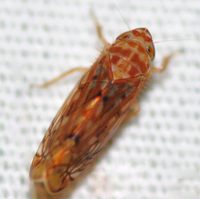 | Photo by: Kyle Kittelberger, Brian Bockhahn
Rockingham Co.
Comment: grassy area near mixed hardwood forest and a pond | 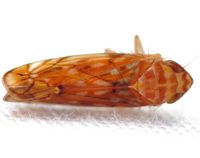 | Photo by: Kyle Kittelberger, Brian Bockhahn
Rockingham Co.
Comment: grassy area near mixed hardwood forest and a pond |
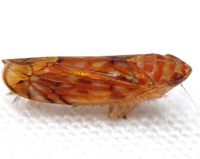 | Photo by: Kyle Kittelberger, Brian Bockhahn
Rockingham Co.
Comment: grassy area near mixed hardwood forest and a pond |

 »
»
